As a pediatric speech-language pathologist, I hear the words ADD/ADHD approximately 300 times per day. In recent years, an ADD/ADHD diagnosis has become quite fashionable. However, according to many prominent psychiatrists and researchers, ADD/ADHD is being over-diagnosed. As a result, many children are over-medicated.
What is Attention Deficit Disorder?
Attention Deficit Disorder (ADD), or its counterpart Attention Deficit Disorder with Hyperactivity (ADHD), is characterized by inattentiveness, hyperactivity, and impulsivity in varying combinations. You may have seen a child who cannot seem to sit still and constantly fidgets during class. You may know adults who lose their keys or cell phones daily and are always late for meetings. Those with ADD/ADHD have difficulty staying organized, prioritizing assignments, and starting or completing tasks.
Is ADD/ADHD Real?
Attention Deficit Disorder is definitely real. Although the current method of diagnosis continues to be through checklists that are filled out by parents, teachers, and/or the individual who is suspected to have an attention issue, scientists have begun to use brain imaging studies, such as PET scans and SPECT scans. These tests look at brain activity while a person is involved in certain tasks, and have demonstrated that certain areas of the brain are more or less active in those with ADD/ADHD than neurotypical peers. Furthermore, SPECT scans have indicated differences in blood flow to different parts of the brain.

Treating Executive Function Disorders
Since we know that children with attention disorders lack critical executive functioning skills, a non-pharmaceutical intervention can teach children (or adults) tools and strategies to overcome these weaknesses. This type of treatment can be provided by a range of specialists, including speech-language pathologists. Sessions follow a coaching model and work to empower the student. This helps them feel successful in a world that is still learning to deal with ADD/ADHD.
Top 5 ADD/ADHD Treatment Strategies for Home, School, or the Workplace
1. Checklists
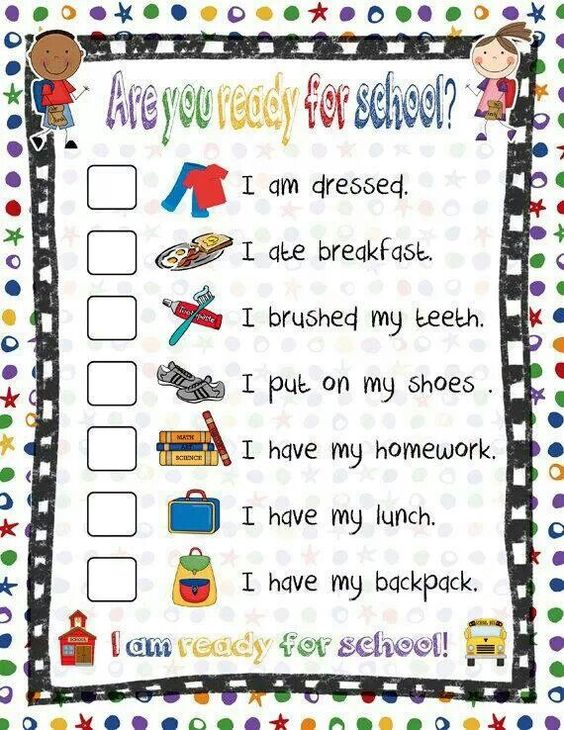
Unlike their neurotypical peers, those with ADD/ADHD have difficulty breaking tasks down into discrete and manageable steps. This means that something as simple as getting ready for school becomes an overwhelming chore, which may lead to some early morning arguments. Make your morning easier by creating a checklist. For younger children, I pair pictures with words, while older children create their own checklist. This can then be laminated and completed with a dry erase marker each morning. Staying with the example of getting ready for school, the checklist may include tasks such as:
- get out of bed
- brush my teeth
- wash my face
- brush my hair
- change my clothes
- eat breakfast
- put my folder in my backpack
- put on my shoes
- leave for school
Checklists can be created for any variety of unmanageable tasks, such as doing homework, preparing for bed, or completing weekend chores.
2. Timer
Using a timer is another great way to ensure that you or your child stay on task to complete assignments. Because it is so difficult to prioritize and complete assignments, a timer helps to provide a concrete end to a task. A timer can either be a stand-alone timer, or an app on your phone or iPad. When using a timer, it is important to set expectations prior to starting. For example, if using a timer to complete a dreaded writing task, you can state “Let’s work on your writing for 10 minutes. I want you to have at least 3 sentences written in that time. When you are done, you can have a 5 minute break”. The amount of work time can be modified as the child becomes more comfortable with completing assignments.
3. Fidgets
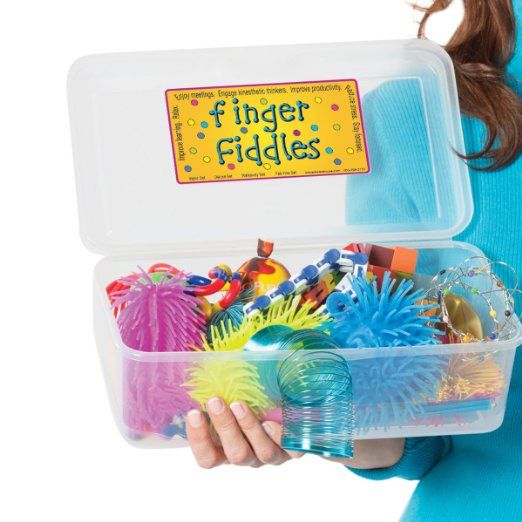
Fidgets are small objects that can be given to a child to help occupy his hands during classroom activities. Believe it or not, these objects aid with maintaining focus and attention because the child no longer has to try to control his body movements. Fidgets come in many shapes and sizes, but I prefer to use a Figit for your Digit, which is like a small ring that can provide sensory feedback while not being a distraction to the rest of the class. When using a fidget, its purpose should be clearly explained to the child and first used at home or in a therapy session to ensure that it does not become too distraction.
4. Yoga/Meditation
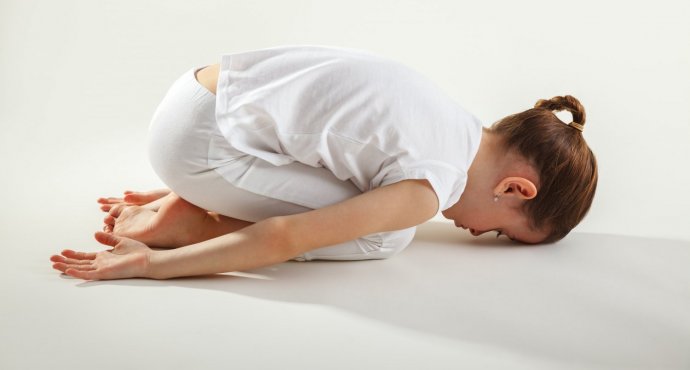
I have written previously about the benefits of yoga and meditation for speech, language, and attention issues. The practice is a great way for a child to tune into his body’s movements through breathing, chanting, and asanas (poses), and has been scientifically proven as a successful intervention for attention disorders. Creating a daily yoga practice for your child can help to provide tools and strategies that can be used throughout the day, by encouraging diaphragmatic breathing (belly breathing) during more difficult or anxiety producing tasks. In addition, the use of chanting can be a way to organize the brain and prepares it to work most efficiently. The individual yoga poses are just another way for a child to explore his body and provide the feedback necessary to help the brain and body work together, rather than against each other. Savasana, or deep meditation, is the final stage of yoga and the way that the body integrates all that it has done through the rest of the yoga practice.
5. Exercise/Movement Breaks
Gone are the days when a child must sit silently in school. As we begin to learn more about the developing brain, it is clear that children benefit from short movement breaks throughout the day to work more efficiently. This is even more true for a child with an attention disorder. Movement breaks can be games, such as Simon Says, dance routines, or a video from GoNoodle (my personal favorite!) Not only do these breaks help a child to reorganize his body, but they also give a physical cue that a transition is about to happen. Outside of school, involve your child in a sport (tae kwon do, soccer, and swimming are great choices) or exercise program specifically designed for children.
Each child and adult with an attention disorder presents differently. As a proud member of the tribe, I can say that I work best with checklists, yoga, and exercise, but I have difficulty staying focused when using a fidget. Find the combination that works best, and make sure to work with your child’s teachers and therapists when creating the plan.
For more information on ADD/ADHD interventions, contact jocelyn.m.wood@gmail.com.

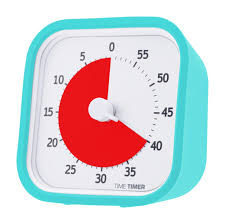
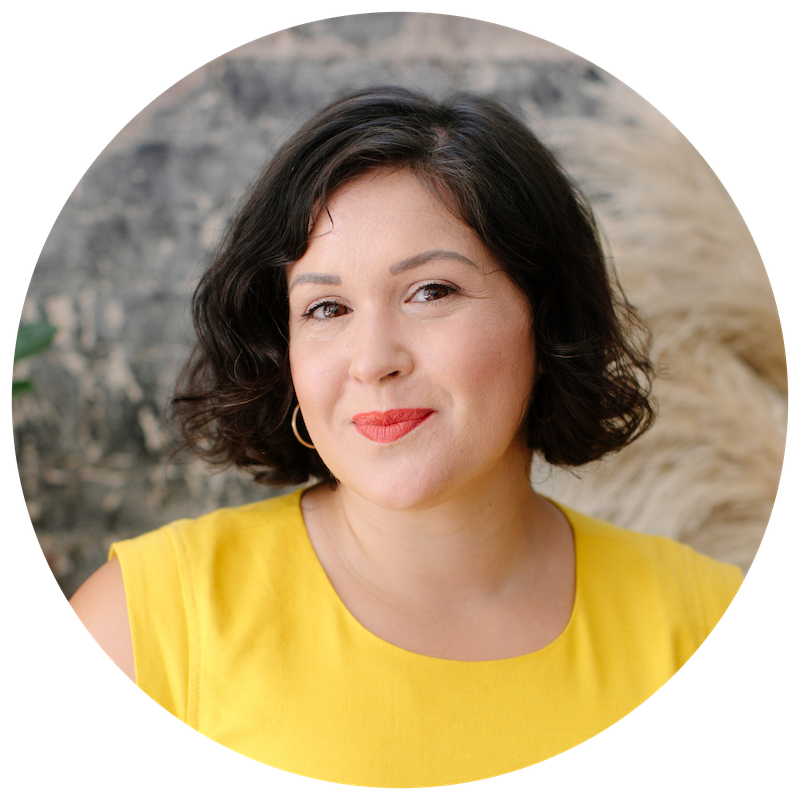
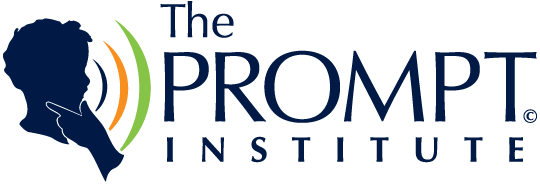


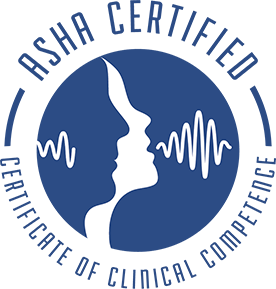
0 Comments